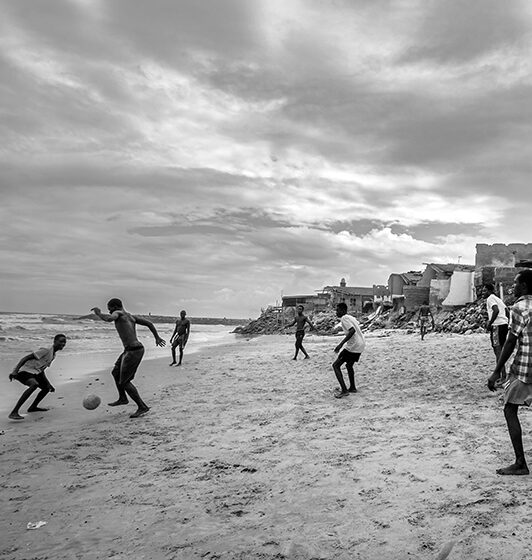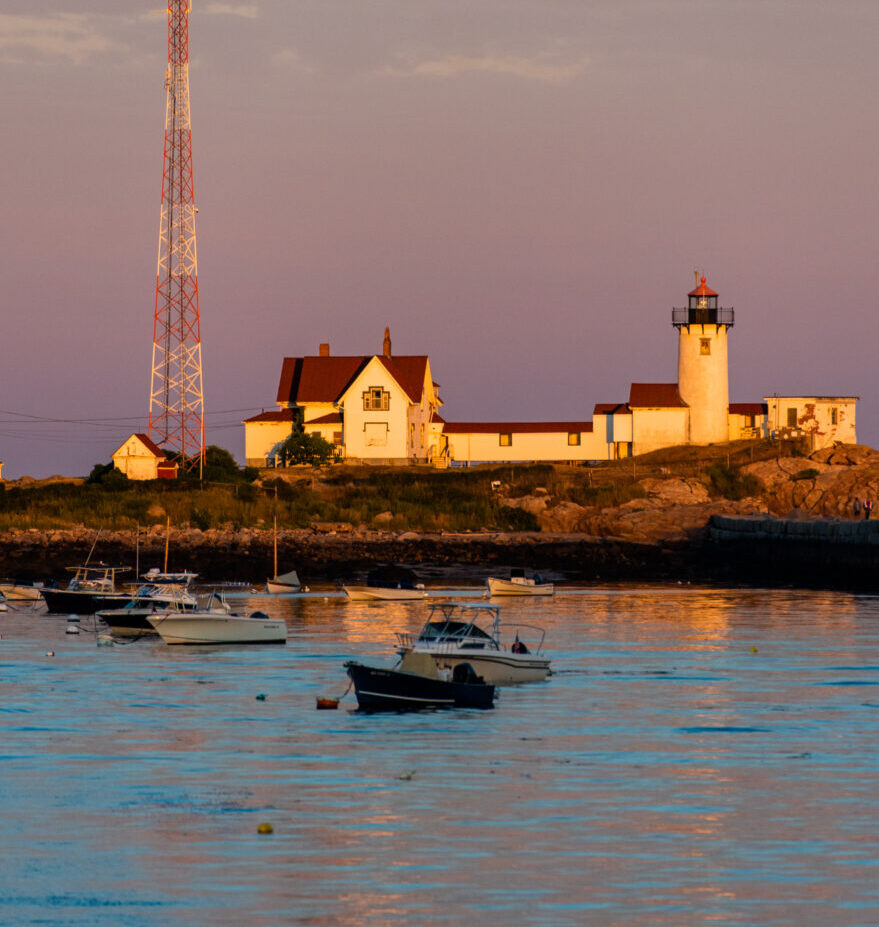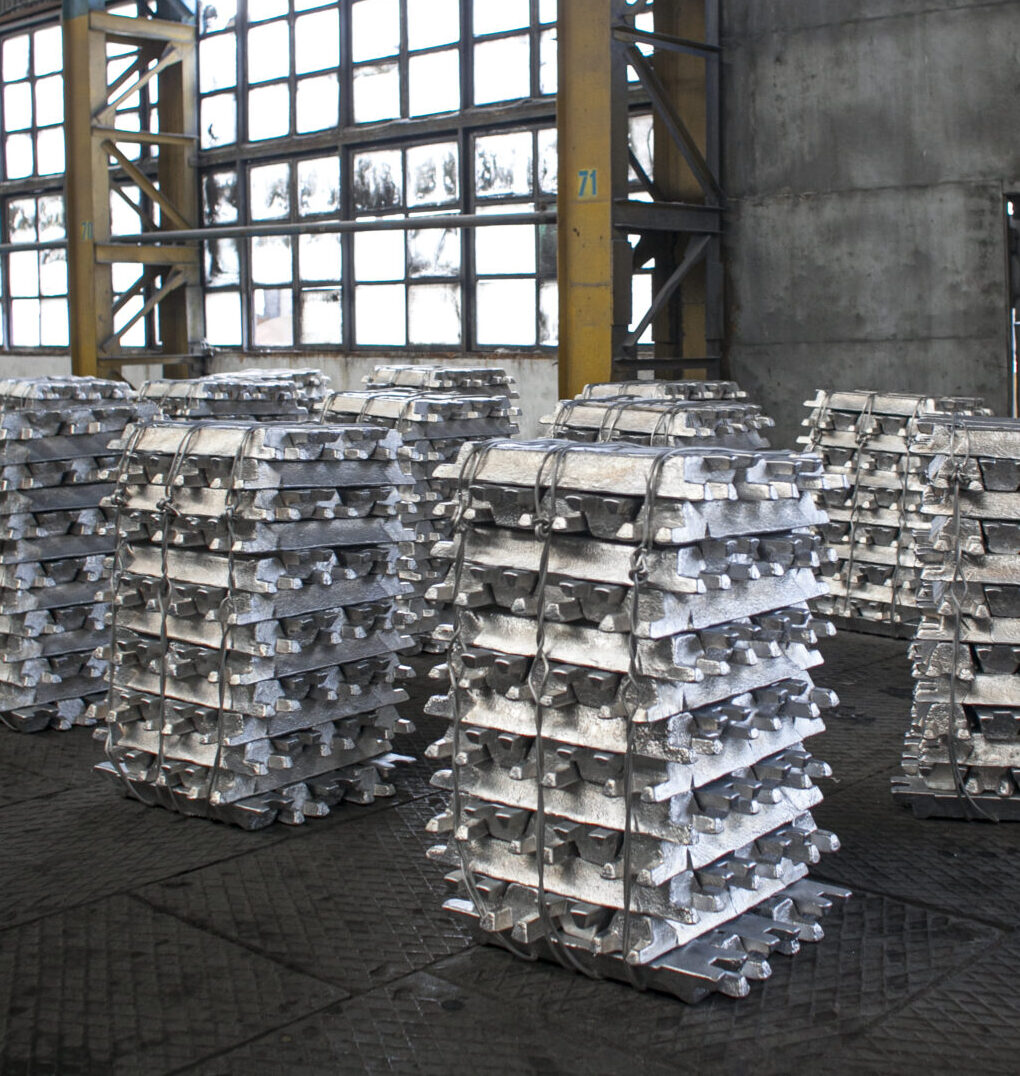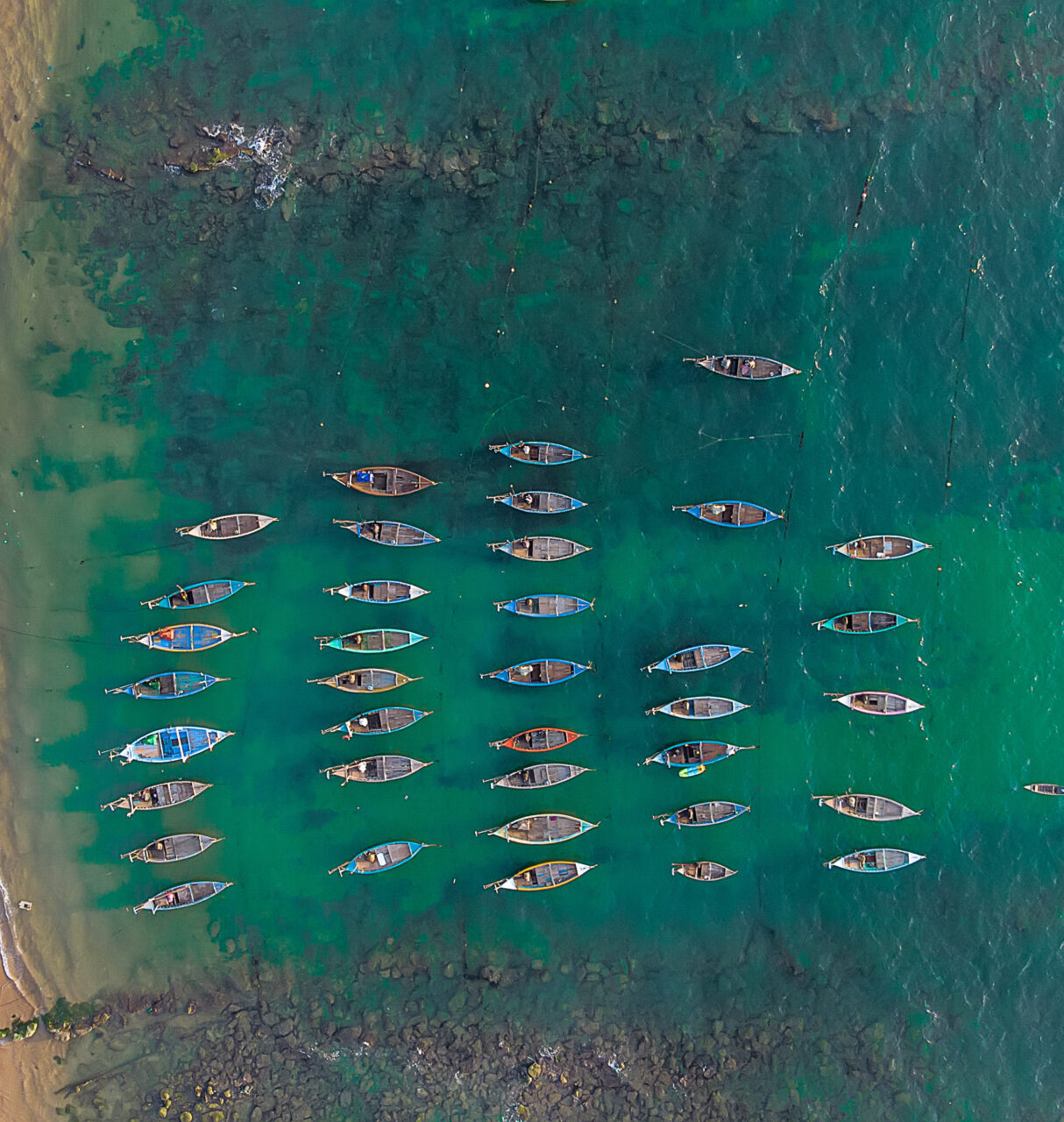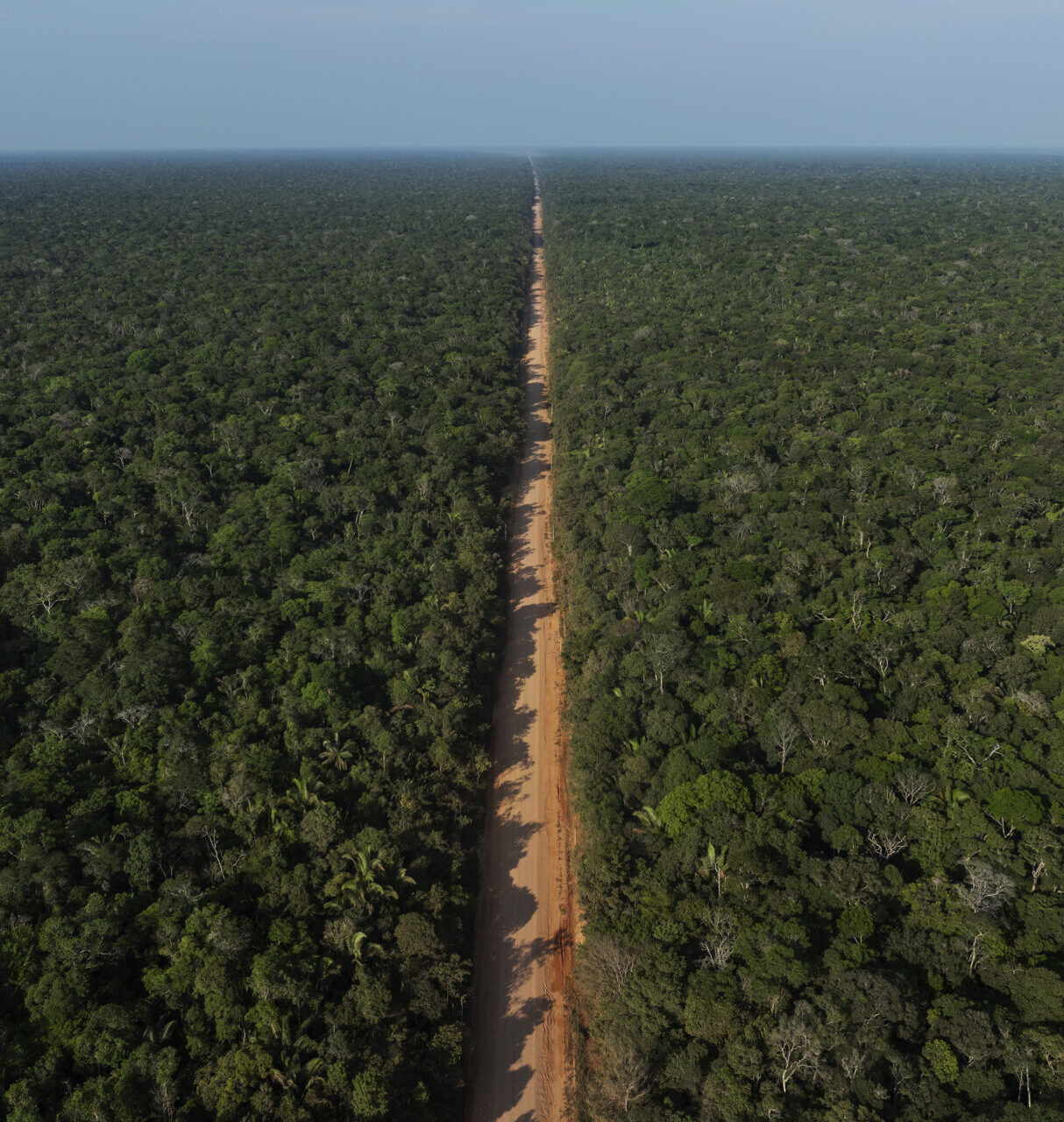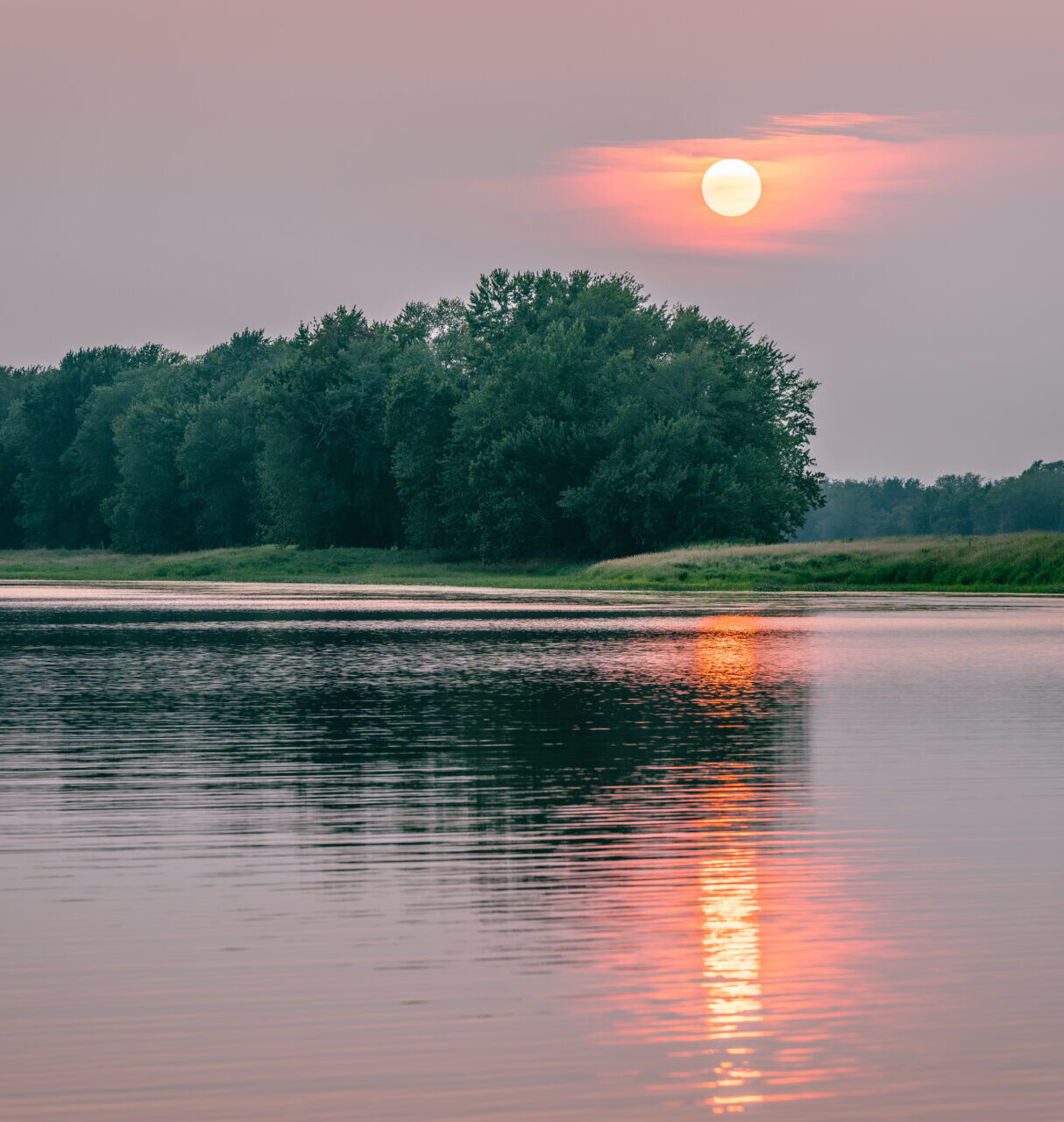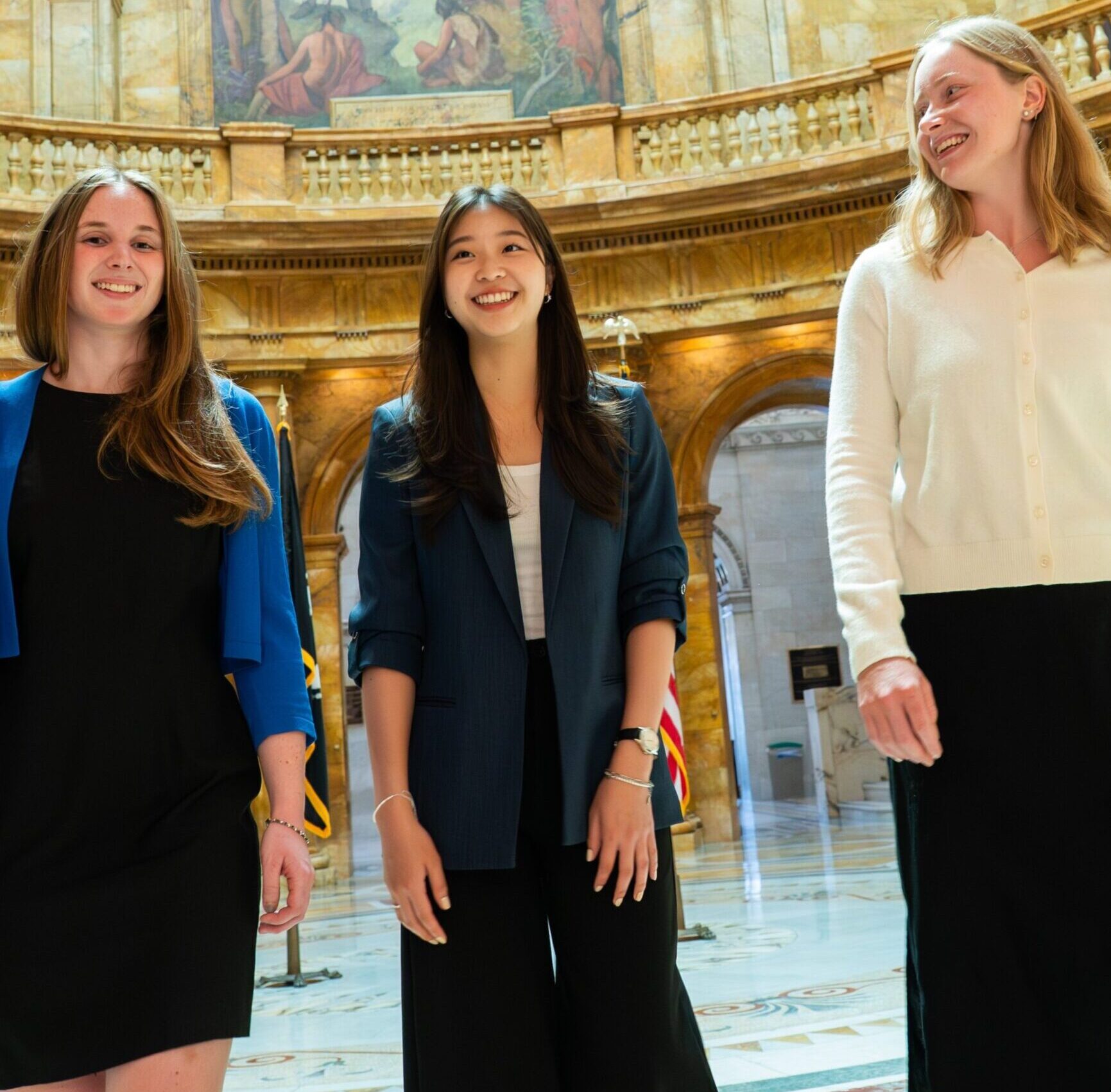Economist Robert Stavins Previews Harvard’s Role at COP28
What happens at UN climate talks? How has COP changed over the years? And what can the world expect from the 28th session, which opens next month in Dubai following the hottest summer ever recorded?
For the past 16 years, Robert Stavins has attended the annual meeting of the Conference of the Parties – or COP – the body that governs and implements the 1992 United Nations Framework Convention on Climate Change (UNFCCC). This year, he will again lead a Harvard University delegation to meet world leaders and other observer organizations.
In a wide-ranging conversation, Stavins, the director of the Harvard Environmental Economics Program and the Harvard Project on Climate Agreements, described the mechanics of COP, how climate change has become “collateral damage” amid the current U.S.-China rivalry, which green pledges are meaningful to him, and the hurdles standing in the way of aid for developing countries battered by climate catastrophes.
Stavins, the A.J. Meyer Professor of Energy and Economic Development at Harvard Kennedy School and the former Chair of the Environmental Protection Agency’s Environmental Economics Advisory Board, is also the principal investigator on the Reducing Global Methane Emissions cluster sponsored by the Salata Institute for Climate and Sustainability at Harvard University. With several of his co-investigators, he will host a December 6 panel at COP28 on combating methane leaks and a dinner discussion the next day.
The UN issued a sobering assessment last month, declaring that while the world has embraced decarbonization, the pace and scale are nowhere near vast enough to meet the Paris targets. “There is a rapidly narrowing window to raise ambition and implement existing commitments in order to limit warming to 1.5 °C above pre-industrial levels,” it said. How will the extreme weather and such a verdict inform talks at COP28?
Stavins: One thing without a doubt is that the governments, the “Parties” in attendance who are already ambitious about climate change, will refer to this repeatedly.
Those countries that are not inclined to take action – is it going to change their positions? Probably not. But those countries in the middle, might it alter them somewhat? Yes, it may. Countries’ negotiating positions and their views on this are based upon the reality that they don’t think about worldwide damage. They think about the impacts on their countries. These are sovereign states. And negotiating teams, whether they’re negotiating international trade or climate change, compare the benefits and the costs to their country.
And because it’s a global commons problem, the direct climate benefits of action for virtually every jurisdiction are less than the direct costs it incurs of taking action. That’s why international cooperation is necessary, but also why achieving sufficient ambition on a global scale is difficult.
You have attended COP for many years as a member of the Harvard delegation. What is the role of civil society organizations like Harvard at COP? And how has that changed over the years?
Stavins: The 1992 UNFCCC treaty that governs the COP process included provisions that civil society should be represented, not in the negotiations, but at COP meetings as observers.
Harvard University is an official observer organization and so we’re able to attend and make presentations in what are called side events, and engage in a diverse set of meetings with governments, NGOs, industry representatives, and the press.
The important thing to recognize is that when I first attended, at the Bali negotiations in 2007, 95 percent of the meaningful action was in the negotiations and 5 percent was these side events. That’s evolved over time.
And now it’s gotten to the point that the percentages – in my mind, this is subjective obviously – are flipped, and 5 percent of the action is in the negotiations and 95 percent of the attention and the action and what gets written up in the press are in these side events and displays and demonstrations, in all sorts of things that are on the periphery of the negotiations.
So, what it has evolved into is essentially what I think of as “Climate Expo 2023.” There are some negotiations, but there’s a lot else taking place.
Did this shift pick up after the Paris Agreement in 2015?
Stavins: It’s been a gradual process. It was going that way over time, but it accelerated after Paris because we had an agreement in place. And then it seemed to accelerate even more last year at Sharm El-Sheikh. It was quite dramatic.
One of the major achievements at COP27 last year in Sharm El-Sheikh, Egypt, was an agreement that there should be a Loss and Damage Fund, which developing countries had been calling imperative for decades. Many details still need to be worked out. Could you walk us through what has been agreed and what aspects of the Fund you expect to be negotiated this year? What are some of the thorniest aspects you think will take the longest to negotiate?
Stavins: The Loss and Damage Fund is the big thing on the table in Dubai.
This is separate from the $100 billion global fund for adaptation, to which Hillary Clinton committed the United States when she was secretary of state at the COP in Copenhagen under the Obama administration.
Because there are impacts of climate change which cannot be adapted for. And the obvious example would be a small island state of minimal altitude above sea level for whom climate change is not just costly in terms of loss of GDP, but existential.
So that’s what the Loss and Damage Fund is about; it is for such damages. This is something that countries wanted for a long time. But the countries that have contributed most to the stock of greenhouse gases over time, the ones therefore most responsible for climate change – the United States, China, and the European Union – they were very afraid of this because it looked like a prescription for unlimited international legal liability and compensation. So, they were very opposed. The Paris Agreement itself gives lip service to loss and damage, the 195 signatories agree that loss and damage is a big issue, but the big countries made sure it was finessed, that it would not involve legal liability or compensation.
Well, obviously, that didn’t make certain parties – namely the most vulnerable countries, which might be countries in Sub-Saharan Africa, small island states, or developing countries in general – very happy. So, they began to say, well, what we need to do is not wait until something happens. And because there’s no legal liability, we’re not going to go sue. Instead, we should establish a fund.
The idea developed over several years that there should be a fund for loss and damage that the wealthy countries would pay into and then there would be some kind of structure for paying out. Going into the last COP, last year in Sharm El-Sheikh, the United States was opposed to the creation of a fund. And then China announced that it supported a fund. And then, in quite a surprise in the second week, John Kerry, the head of the U.S. delegation, announced that the U.S. supported the creation of a fund.
Now recognize that China’s position, which they stated in Egypt, is that they think the fund is a great idea, but that as a “developing country,” they will not contribute any money. And they are officially a developing country because that definition goes back to a list drawn up in 1992. They ignore the fact that their GDP per capita has increased over 3,000 percent since then, but that’s not something that they would talk about in this context.
Their view is: ‘We think it’s a great idea, but we’re not going to pay.’ In my opinion, and this is just my opinion, the U.S. government essentially has a similar position: ‘We in the administration think the fund is a great idea, but given Republican control of the House of Representatives, we are not going to be able to increase any funding for such matters in the foreseeable future.’
So, is the loss and damage fund an empty shell?
Stavins: Or, is it the first step toward what eventually could become a reasonable appropriation of responsibility for damages among countries of the world? I think it’s probably both. And we’re not going to know for quite a while how that sorts out.
In the short term, it is an empty shell. There have been commitments of contributions to the fund on the order of the tens of millions of dollars from some European countries. That’s on the supply side. On the demand side – the estimates of what the damages would be – it could be trillions of dollars per year. So as of now, it remains an empty shell.
But it could be a start. We have to see how it evolves. That’s a controversy that will be back on the table in Dubai.
A lot of the discussion will be for the procedure for dispensing funds. And there will be lots of speeches about it outside of the conference, outside of the negotiations. There will be lots of these side events and demonstrations and discussions about that.
Could private investment help?
Stavins: The way that private investment first came up was in the context of the $100 billion fund for adaptation. The U.S. position, and I have long agreed, was that the adaptation fund ought to include foreign direct investment, and that countries could put in place policies to leverage foreign direct investment.
The adaptation fund shouldn’t be just government-to-government transfers, that is, foreign aid. Not only because I’d worry about corruption in the recipient countries. Because if you were a conscientious leader of a developing country and you receive a billion dollars for adaption, are you going to spend it on health, education, infrastructure, and food supply so that people are not dying – the things that your society needs – or are you going to use it for renewable power?
It’s inconceivable to me that that money would be used on climate change adaptation. On the other hand, if it’s foreign direct investment for specific projects, that’s a different story. Because the investment itself by some company in one of the wealthy countries will be for a specific project, be it renewable power for mitigation or sea walls for better adaptation.
There could be demands for various organizations – for example the multinational oil companies – to pay into a loss and damage fund, just as there have been lawsuits in the United States and Europe targeting multinational oil companies for climate damages. That would be a natural extension, and I suspect that we may see that at some point. I would anticipate that the multinational oil companies, if they did have to respond, would not respond to this in the affirmative; not because of the money, but because it would be an acknowledgement of responsibility, and hence open themselves to lawsuits and liability.
What else can we expect to see at COP this year? Is there any low-hanging fruit?
Stavins: So, in terms of low-hanging fruit, which won’t be part of the Paris Agreement or the negotiations, there’s the Global Methane Pledge, which the United States and the European Union lead.
That is a global pledge for countries. When they sign on (and it’s now more than 100 countries that have signed), they sign on to reduce global methane emissions by 30 percent by the year 2030.
But note that they’re signing on to an overall, global target. In other words, they’re not saying anything about what they’re going to do themselves. So that’s not a difficult memorandum of understanding to sign, right? Just picture someone comes to your house and says, ‘Are you willing to commit to reduce your water use by 30 percent?’ Well, you may not sign that agreement, but if someone says, ‘Are you willing to sign something that says – without commitment – that the entire city in which you live will, on average, reduce its water use by 30 percent?’
Well, sure, what the heck? You’re talking about others, not about yourself. So that’s the Global Methane Pledge. It may be important in a variety of ways, but let’s not exaggerate or misunderstand the pledges that governments are making when they join the coalition.
There are lots of others, different companies making pledges of all kinds. Oil industry companies have made pledges. There are lots of partnerships between various private industry groups and environmental advocacy groups, and all of that is outside of the negotiations.
Many of the pledges are for the year 2050, for net-zero emissions. And these are sometimes made by countries, and by many companies. I don’t give a lot of credence to those. Anybody can say anything for the year 2050. I want to hear pledges for 2025 and 2030. Then I pay attention. Because many of us aren’t going to be around in the year 2050 – whether the CEO of a company or the leader of an NGO or a head of state.
Last year, after COP27, you wrote that the most important achievement actually happened thousands of miles away in Bali, where Joe Biden and Xi Jinping met for a tête-à-tête on the sidelines of the G20. “It is reasonable to anticipate that there may even be something of a return to the co-leadership on climate change policy which China and the United States had previously exercised, and which was absolutely essential for the successful enactment of the Paris Agreement,” you wrote. Has that come to pass? And what role do you see China and the U.S. playing in Dubai?
Stavins: Unfortunately – and I do mean unfortunately, because I think China-U.S. cooperation is so important in this realm and has been historically – that has not come to pass. The conflicts on international trade, forced labor, international waters, access to the South China Sea, Hong Kong, Taiwan, and for that matter, Ukraine – the differences between the two countries have rendered climate change collateral damage since the end of the Obama administration.
So, we haven’t seen that happen. But both countries want to be perceived as leaders, and they are talking more. Oftentimes it’s the individuals that matter. And in this case, the fact that John Kerry and Xie Zhenhua, who’s the head of the Chinese delegation, have known each other very well going back decades, and seem to like each other, are friends. That’s the reason for any real optimism on this.
I find that interesting. I’m not sure how encouraging that can be, because both report back to their respective heads of state. They can’t make decisions on their own.
Last year, when we saw what happened in Bali, we thought there might be a joint announcement from China and the U.S. It turned out they took the stage one after the other, so it wasn’t quite joint. Will there be something joint? Will they play a leadership role? I don’t know.
Tell us more about Harvard’s role at COP and the panel you will host in Dubai as part of the Reducing Global Methane Emissions research cluster sponsored by the Salata Institute. What do you hope to achieve with that event?
Stavins: First, a word about the process. The demand is great to put on these side events. And our side events have been extremely successful in the sense that they have been rigorous, featuring the results of real research, but also at the same time they are communicated in such a way that one doesn’t have to be a physicist, an economist, or whatever to understand the panels that we put together, and successful also in the sense that they draw extremely well.
Each year we feature something that seems very important. For several years after Paris, we focused on aspects of Article 6.2 of the Paris Agreement, as it was still being worked out, so we had events on carbon markets, international trade, international cooperation.
This year, especially with the new research cluster under the Salata Institute, we have a great panel looking at how methane-emissions abatement can, in the near term, significantly reduce the magnitude of climate change. We will discuss current methane research and its impact on technology, policy, and international cooperation on December 6.
Who is the audience for this panel?
Stavins: That’s a very good question, which also illustrates the way things have changed over time. When we first went, in 2007, our audience, the people we wanted to talk to and would be disappointed if we didn’t, were members of national delegations.
Gradually over time, we’ve expected fewer members of delegations. Now the audience is members of other observer organizations. There will be some delegation members, you can tell because their badge is a different color. But most will be from other observer organizations. And frequently students. In the Q&A period, I’ve noticed many students, and also it is live-streamed around the world.
Where else will you be inside COP?
Stavins: I don’t know as of yet, but each year China has invited me to make a presentation at their pavilion. They have back-to-back events from nine in the morning on the first day until the end of the last day two weeks later, just constant events. So, in addition to our side event, in addition to speaking engagements, every year I am invited to do one or more events in the China Pavilion and one or more in the South Korea Pavilion, and sometimes in the EU Pavilion.
And then I may be on the panels of other side events, in addition to our own. But most of the time won’t be in such speaking engagements. Most of my time will be in meetings. Every year we reach out to our networks, which includes many country delegations, and we will let them know who is coming from Harvard and what work we have been doing – this year on reducing global methane emissions – and that we’d like to talk if they would. But we also have capacity to talk about other topics. If they have questions on which they think we should be doing research, we want to know about that.
So, it’s a series of meetings. Sometimes they’re quite technical and involved. I had some last year with Daniel Jacob on his remote satellite observations of methane concentrations in the atmosphere with members of the European Parliament, with a group from India, and with some NGOs; they can be very focused. I’ll meet with former students sometime, or people that I know from various parts of the world.
Climate Expo, indeed.
Stavins: Yeah. Once when I was at Davos, the annual economics and business get-together, I was backstage before a panel with a very prominent CEO. And I said, ‘so why do you come to Davos?’
Corporate CEOs of huge multinationals – their time is very controlled and constrained. And I remember so well, he said, ‘I come here for one reason, because the number of key people that I can meet with in one-on-one meetings here from other companies or from members of legislatures or heads of state or whatever. It would take me 35 trips and probably 100 days around the world to meet them all.’
I think it’s the same with the annual COPs. People go because other people will be there.

